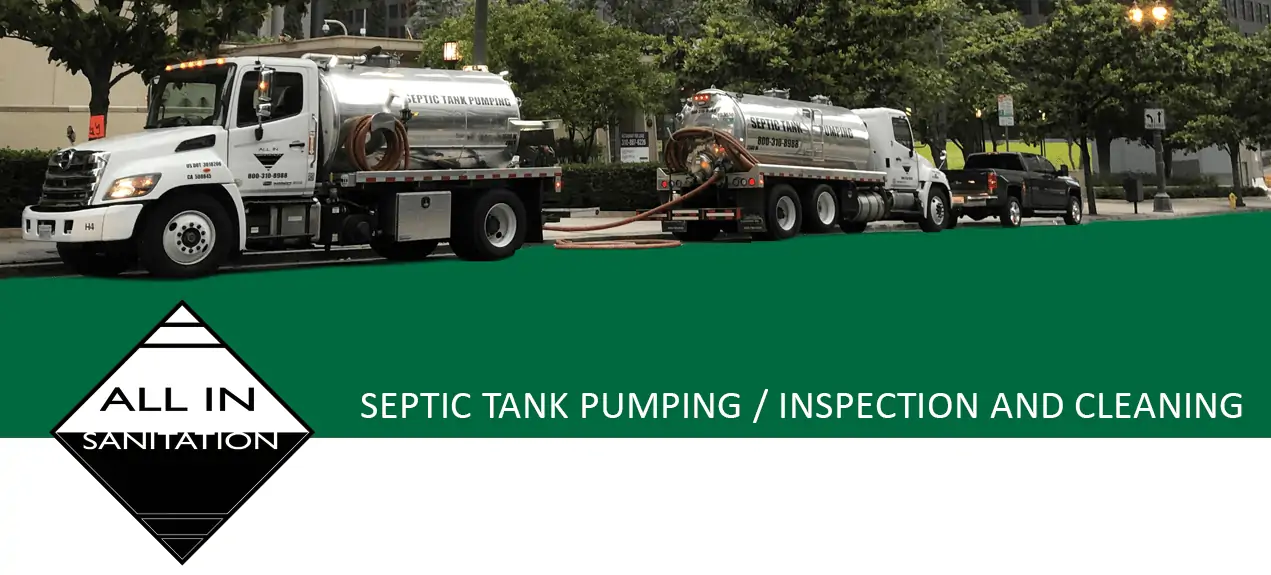Septic Tank Pumping and Cleaning Thousand Oaks, CA
Welcome to our esteemed septic service company, where we provide comprehensive septic solutions including septic pumping, septic tank inspection, and septic tank cleaning to the residents and businesses of Thousand Oaks, California. Our dedication to maintaining the functionality and hygiene of your septic system is unparalleled. With a team of seasoned professionals, we deploy state-of-the-art technology and proven methods to ensure your septic system operates efficiently. Understanding the critical role a well-maintained septic tank plays in the health and environmental safety of the community, we commit to delivering services that meet and exceed regulatory standards. Trust us to be your reliable partner in managing the intricacies of your septic needs with thoroughness and expertise.
Understanding Thousand Oaks Septic Pumping
Septic pumping, an essential maintenance task for any onsite sewage facility, involves removing the accumulated sludge and scum from your septic tank to ensure its optimal function. Regular tank maintenance is critical to prevent system failure and to maintain the tank’s efficiency and longevity. Pumping frequency is determined by various factors, including tank size, household size, total wastewater generated, and the volume of solids in the wastewater. Typically, tanks require pumping every three to five years, but this schedule can vary. Properly executed, septic pumping mitigates the risk of backups and leach field clogging. It is a non-negotiable aspect of responsible ownership and environmental stewardship. For residents in Thousand Oaks, California, it’s imperative to engage with an experienced service provider to manage this vital process.
Importance of Regular Thousand Oaks Septic Inspections
Why should homeowners in Thousand Oaks prioritize regular septic tank inspections as part of their property maintenance routine? Tank longevity is a significant concern for property owners, and frequent inspections can preemptively identify issues that might compromise the septic system’s lifespan. A common inspection myth is that they are only necessary when a problem becomes apparent. However, this reactive approach can lead to more significant, costlier repairs down the line. Inspections should be conducted proactively to ensure the system functions correctly. This technical vigilance not only maintains a healthy septic environment but also safeguards against unexpected malfunctions. Adhering to a routine inspection schedule is a crucial practice in preserving the functionality and extending the service life of a septic system.
Thousand Oaks Septic Cleaning Process
Every septic tank requires thorough cleaning to prevent sludge buildup and ensure optimal operation. The septic cleaning process involves several key steps that maintain tank functionality and bacterial balance. Initially, technicians locate and uncover the tank access point. Using specialized equipment, they extract accumulated solids and liquids, ensuring that the tank is emptied completely. Attention is given to preserving the integrity of the essential bacterial balance within the system, which is crucial for the breakdown of organic waste. After the waste is removed, the tank is inspected for signs of damage or wear. Finally, the system is flushed with water to remove any residual material, and the access points are securely closed to conclude the cleaning process.
Choosing Your Thousand Oaks Septic Expert
While selecting a septic service expert in Thousand Oaks, California, it is essential to consider their experience, licensing, and the quality of the equipment they use. Professionals should be conversant with the local septic regulations, ensuring compliance with environmental standards and public health guidelines. A profound understanding of these regulations is crucial for accurate tank placement, avoiding potential legal and functional issues. The expert’s proficiency should be evident in their ability to navigate the intricacies of septic systems, foreseeing complications before they arise. When assessing potential service providers, verify their credentials and review their track record of maintaining and installing septic systems within the specified regulatory framework. Opt for a technician who combines regulatory knowledge with practical expertise for optimal septic system management.
